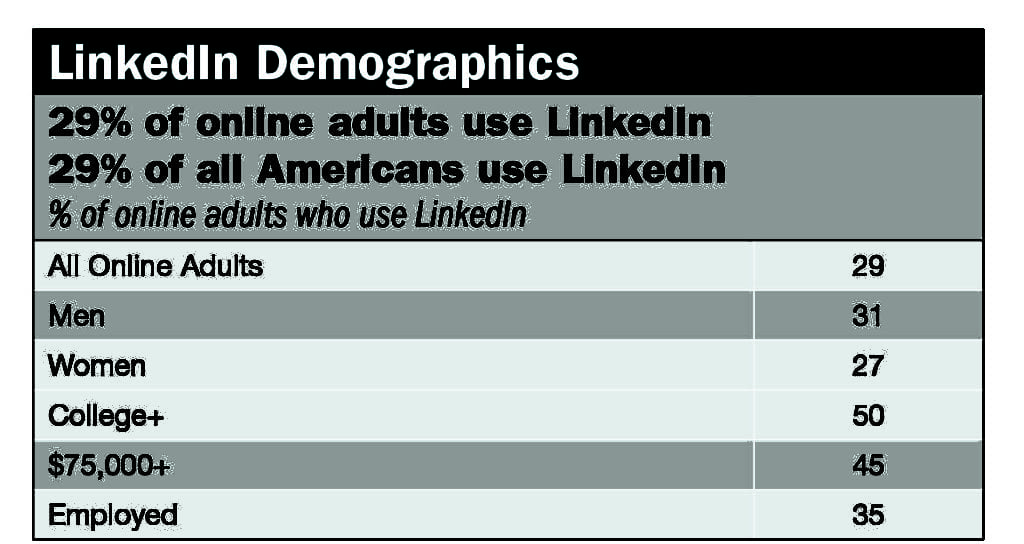

Money and influence: These concern most executives. That’s not to say all executives are money-grubbing attention-seekers. But at its most basic level, organizational success comes down to: Are we making enough money to remain in business and do enough people want to keep doing business with us?
Many variables contribute to answering the first question. PR is uniquely qualified to help contribute to the awareness and likability of a brand, as well as how influential the organization is in terms of persuading people to buy products and services. (The same concepts apply to non-commercial entities, though the call to action may be different.)
Social media has an important role to play in any PR effort. The ability to connect with and put thought leadership content in front of large social networks via these tools lends itself exceptionally well to addressing the need to influence.
Practitioners, though, focus so often on short-form communication on social that the power of long-form publishing in the medium has failed to become as widely recognized—or at the very least, its rate of implementation is lower. Presumably, long-form publishing has been ignored because it’s not as sexy as tweeting and publishing a sweet Instagram photo, but also because it typically requires a lot of effort to do well.
Think about it: A long-form content effort can be worthwhile for the potential payoff, especially when you can access an entire network of contacts just by logging in to LinkedIn.
LinkedIn and the Influencer’s Toolbox
In 2014, LinkedIn rolled out its long-form publishing platform to all users. Previously, only those deemed influencers could use the feature. Since then, many organizations have encouraged employees from entry-level to the C-suite to write more of this blog post-style content on LinkedIn. Why?

For starters, Pew Research Center finds 25% of people on the internet use LinkedIn—that’s more than Twitter (see chart). LinkedIn is a go-to resource for professionals who meet a colleague, client or business associate for the first time. That initial impression means a lot from a PR standpoint. And those users aren’t your average Facebook meme sharers, but instead a captive audience of professionals who all bring unique perspectives to their respective fields. They’re hungry for information. Long-form publishing provides a forum for feeding the beast.
If you ever tried getting a company blog off the ground, you know it’s a lot of work for several reasons, not least of which is driving eyeballs to the content. With LinkedIn, though, the audience is built in. Posts automatically are shared with the company’s and author-executives’ networks, which include prospects, customers, recruits and media. Tech firm Symantec saw an increase of 73% in total engagement on the platform after implementing a publishing strategy where five senior leaders posted one to two times per month, according to LinkedIn.
If you’re trying to increase the perception that your organization is a thought leader, the personal brand of key leadership (and even client-facing junior employees) matters. A well-crafted LinkedIn profile is a great start, but demonstrating that personnel are indisputable experts through the use of original content? That’s gold.
Thought Leadership and Performance
Thought leadership has become a cliché. Everyone wants to be a thought leader, but few define it or determine how they’ll reach such status. Thought leaders are “informed opinion leaders and the go-to people in their field of expertise” who “know and show how to replicate their success,” says Denise Brosseau, author of Ready to Be a Thought Leader?
What better way for a brand to show what it knows than to publish the brilliant ideas swirling in the minds of its executives for target audiences to witness?
Executives at other organizations that you want to influence are on LinkedIn, they’re seeking advice, they’re a captive audience and they want to and will be more likely to engage with those positioned as thought leaders. Long-form publishing is an effective tactic for establishing that position and helping brands stand out from the noise. But of course, the content actually has to be good.
Producing Effective Long-Form Posts
An analysis of 3,000 of the top LinkedIn blog posts by Paul Shapiro of WPP agency Catalyst for Okdork.com found they had some of these in common: headlines of 40-49 characters; multiple images; how-to’s or lists; headings breaking up content; written plainly. LinkedIn itself urges long-form writers to use an authentic voice, concentrate on a single topic, express an opinion and use more than three paragraphs.
As practitioners, most of the general best practices we’d employ in writing a blog post apply. There are two primary methods communicators can use in working with executives to produce long-form content for LinkedIn:
•Brain dump and ghostwrite: Set up a 30-minute call with your executive and let them talk. Take notes, perhaps use tape and start to outline a post. Write the post as close to the executive’s voice as possible. Try reading things the person actually has written to match the tone.
•Consult and edit: Inform your author about best practices for this style of writing. If they’re more comfortable producing content solo, provide gentle reminders about the differences in writing for a social media audience. Once they’ve captured their ideas, assist with editing and help ensure authenticity, personality and expertise shine through.
Getting started and finding a topic can be difficult. Try these tactics for inspiration:
•Write what you know,whether it’s product development or how to make really great pizza
•Take a page from the news: Focus on what’s new and relevant to your industry, such as recent IPOs, new technologies, a recent mishap or regulatory shifts
•Get out your frustrations: Be careful not to come off as offensive or hateful, but a post is a great place to talk about an industry trend that you feel lacks gravitas or how you tackled a pesky problem
•Tell a success story: One of the most effective ways to demonstrate thought leadership is to explain in clear steps how you overcame a difficulty or developed a creative, new product or approach
And of course, this should be obvious, but it can’t be overstated: Don’t be overly promotional. Think of thought leadership as a warming process, not a conversion process.
Distribution and Measurement
Once you’ve made long-form LinkedIn publishing part of your thought leadership content strategy, you’ll want a plan to disseminate, promote and measure the success of that content. Positive PR will happen only if the right people see—and engage with—the content. Here are some tips for making that happen:
•Identify multiple authors: Other than communicators, most employees lack enough time to write consistently for publication. Yet most brands have more than one person qualified to share his or her expertise. Keep a steady stream of content flowing by developing a topic backlog and editorial calendar for multiple authors.
•Enlist employees: LinkedIn publishing is a team sport. Use internal communication methods such as Slack or email to disseminate links and encourage employees to like, comment and share so each post reaches a wider network.
•Cross-promote: Embed or hyperlink to posts on the employee intranet, company website, in marketing emails, in sales presentations and owned social media platforms. Use the posts to help pitch bylined articles to media.
•Engage with others: Find other LinkedIn authors of interest to respond to on a regular basis. This will increase exposure to other readers who may be part of your target audience, as well as open doors for new relationships with potential prospects or partners.
As you know, no PR approach should go unmeasured. In order to sustain a thought leadership effort, practitioners must demonstrate that the effort is working to achieve organizational goals. While some of the measurements related to this tactic will be qualitative and anecdotal, there are several key performance indicators to consider: views, likes, comments, shares, referral traffic and leads generated.
Some of the benefits of long-form publishing may not be realized until many months downstream. For example, a brand representative meets a prospective customer who indicates she found a post months ago helpful. The post generates discussion, leads to lunch, meetings and eventually a contract. The post contributed to client influence that served as a catalyst to results. Such anecdotes should be captured and measured against the time and resources required to implement a long-form publishing strategy.
Long-form LinkedIn publishing leverages the power of professional networks—people with an appetite for career-enhancing information—to help position brands as bastions of innovation, expertise and influence.
CONTACT: [email protected] @joshuadelung
Editor’s Note: Delung’s step-by-step instructions for posting long-form blogs on LinkedIn can be found at the PR News Pro Essentials Page: http://bit.ly/2mUP2OR
